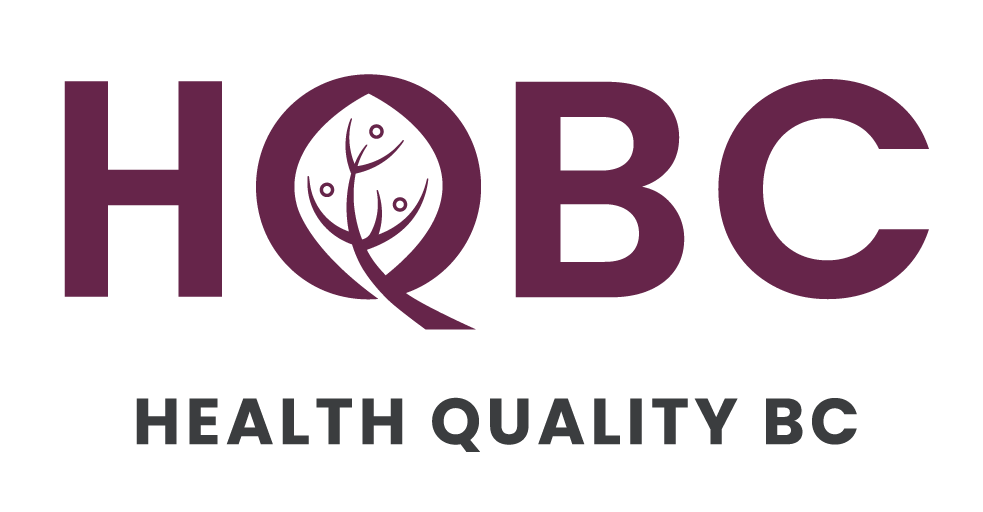Barriers to quality health care can be more than physical. Lack of communication can be as much a hindrance to accessing care as can be the time it takes to travel to a hospital or doctor.
For a clinician, understanding the full breadth of their patients’ symptoms, challenges and needs is critical to making a correct diagnosis. And having patients understand their health care providers is crucial to their successful recovery after discharge, including follow-up instructions for care.
But how to do that when a significant number of patients do not have English as their first language?
That was the challenge Vancouver Coastal Health (VCH) was facing where 20% of patients had limited English proficiency, and the ability to schedule in-person, on-demand language interpretation services was prohibitive. So, too, was asking staff with knowledge of multiple languages to step in, a responsibility that went beyond their role, and reliance on family members to act as both interpreters and social supports for patients, which increased pressure on them as well as a potential breach of confidentiality for patients who may not wish their family members to know their medical condition.
VCH’s solution? They embraced technology and have landed on what is being called a total breakthrough in patient care: the Virtual Interpreter.
The Virtual Interpreter provides on-demand, live medical interpreters through a wi-fi enabled tablet in care locations across the health authority. It has led to better care decisions and outcomes for patients who have benefited from its use.
“This innovative use of technology ensures that health care providers better understand patients’ concerns and conditions so that effective, equitable, efficient and appropriate health care can be accessed by all patients no matter the language they speak,” says Kevin Waldorf, a clinical planner who was a member of the Virtua Interpreter project team.
VCH was spurred to come up with the Virtual Interpreter because of a lack of in-person interpreters at rural sites, a lack of language-specific interpreters at urban sites, the decreased ability to use interpreters in infection-controlled care environments, and the lack of access to on-demand medical interpreters with sign language knowledge for the hearing impaired. In addition, clinicians found it inefficient to time patient appointments around pre-booked interpreters.
These challenges have been addressed in the form of an app for remote video interpreting, a tablet, and a rolling medical stand with sound amplification. It has more than 240 languages in audio available 24/7, and more than 40 languages in video. There is connection to a live interpreter in less than one minute, which is essential in fast-paced environments such as emergency departments or urgent care centres.
After a pilot project of 20 sites to test the clinical effectiveness of the tool, over 100 Virtual Interpreters are now available at some 86 acute, primary care and ambulatory care locations across the health authority.
And the feedback after using the Virtual Interpreter? The proof is in the numbers – it’s been used more than 73,000 times in 97 languages, with each session lasing an average of 10.43 minutes. There have been significant reductions in patient’s length of stay (47%), seven-day readmission rates (69%), and average time required for admission decision in the Emergency Department (28%). Clinicians report they are able to get timely consent from patients who have a language barrier 84% of the time (up from just 42% before the Virtual Interpreter) and are able to understand their non-English speaking patients’ preferences, values and needs 79% of the time (up from 14% before its use).
Moreover, it has increased access to specialty addictions services and outpatient services, has enabled more same-day discharges from acute care, and has facilitated faster decision making because care providers better understand patient concerns and conditions. Patients report they are able to better communicate their needs and concerns with care providers 95% of the time and have a good understanding of their health condition and care instructions from providers 97% of the time.
“It’s enhanced our partnership with patients by allowing them to fully understand and participate in their health care decisions,” Kevin says, adding that future plans include expanding the program into community, long-term care and outreach settings.
The best part has been the feedback from both clinicians and patients.
“Having the Virtual Interpreter gives patients who cannot understand English peace of mind,” said one staff person. “You can see it in their faces … the relief they feel when someone understands them.”


